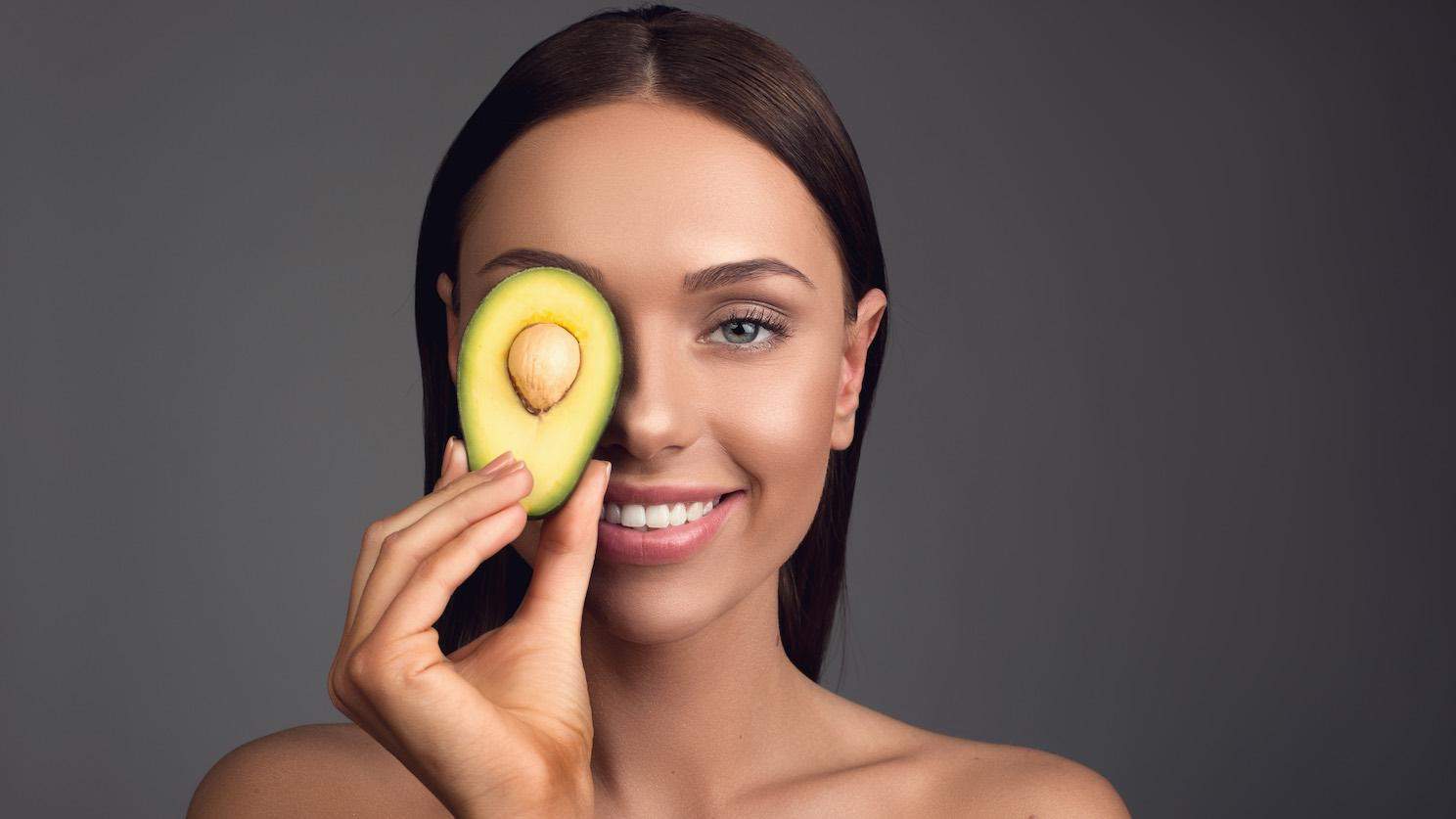Australia is proudly and loudly eco-friendly, and Costhetics is proudly and loudly thrilled to be based in a country where it seems just about everyone wants to protect and preserve our planet.
As Australia’s leading resource for breaking news and information about plastic surgery, cosmetic enhancement, and all things aesthetic, we’re proud to report that some of this nation’s biggest players in the beauty world share our devotion to all things green.
Fortunately, many skin-care formulators are tapping into the abundance of Australia’s own home-grown plants for ingredient inspiration. On the current “hot” list:
- Kakadu plum
- Macadamia oil
- Manuka
- Lemon myrtle
Setting a High Bar
Critics say that sustainable beauty is not a sustainable business model. Jurlique has been going strong since it was founded in the early 1980’s. It’s Australia’s #1 prestige beauty brand and a world leader in sustainable beauty. Jurlique’s ingredients are carefully sourced and their package is recyclable, but they do much, much more. The company’s 105-acre farm in the Adelaide Hills is fully solar-powered, organic, and biodynamic-certified. Medicinal herbs and flowers are harvested by hand and then steam-distilled into the active botanical extracts that serve as the base of Jurlique’s products.
Asarai is another Australian success story with a mission to inspire meaningful connections, build the most effective product and do no harm to the planet. “Not only do we source ingredients that look after your skin, but we also source sustainable ones that help others,” says their mission statement. “Our Kakadu plum flushes out nasty toxins while at the same time maintaining jobs and horticulture of the indigenous communities who cultivate and harvest the fruit in North Australia.”
Kester Black makes nail polish that’s “kind on you and kind on the planet.” Products are cruelty-free, vegan, and free of palm oil, too. What? You don’t know about palm oil and the environment? Please keep reading!
Enrich, Don’t Exploit: Say NO to Palm Oil
The word ‘sustainable’ is heard often, but what does it mean? “Sustainability is thinking about the long-term impact of ingredients and their impact on the environment,” says Elle Magazine. Take palm oil, a common beauty additive, and one of the most damaging ingredients on the market today found in products including:
- Cleansing bars – a key fat in soap-making
- Lipsticks – improves texture
- Lotions –helps skin retain moisture
- Shampoos – improves lather, and in hair care, for conditioning
The demand for palm oil is so massive that rain forests are being wiped out, especially in Indonesia and Malaysia. As the trees fall, habitats are destroyed and critically endangered species such as tigers, orangutans, and elephants are threatened with extinction.
Sustainable Beauty: What the Experts Say
In a recent panel discussion on the impact of the green beauty trend on the skin care market, beauty manufacturers noted that their dedication to sustainability is growing. Robyn McAlpine from the global beauty brand dermaviduals observed that “corporate responsibility is a very big, consumer trend-driven change in the beauty industry.” She is calling for big companies to do more self-regulating because “it’s not just about what’s going on our skin, it’s about what’s being washed down the plug hole.”
Simone Vescio, MD of dermaviduals, reported their company has always developed formulations that are clean and biodegradable. “Our goal is to leave a positive ecological footprint for the next generation,” she said.
In addition to ensuring ingredients in products sustainable, the panellists discussed the growing trend to make packaging sustainable. Axiology, an American lipstick company, recycles waste paper in Bali, boiling it down to a pulp and air-drying it. The paper is then folded and decorated by hand. In addition to putting people to work, Axiology has actually helped reduce overall trash on the island.
Costhetics hopes Australia’s focus on sustainability will turn other countries green, but not with envy! Instead, we look forward to a global collaboration that will keep planet Earth in the pink (and the green) for centuries to come.
